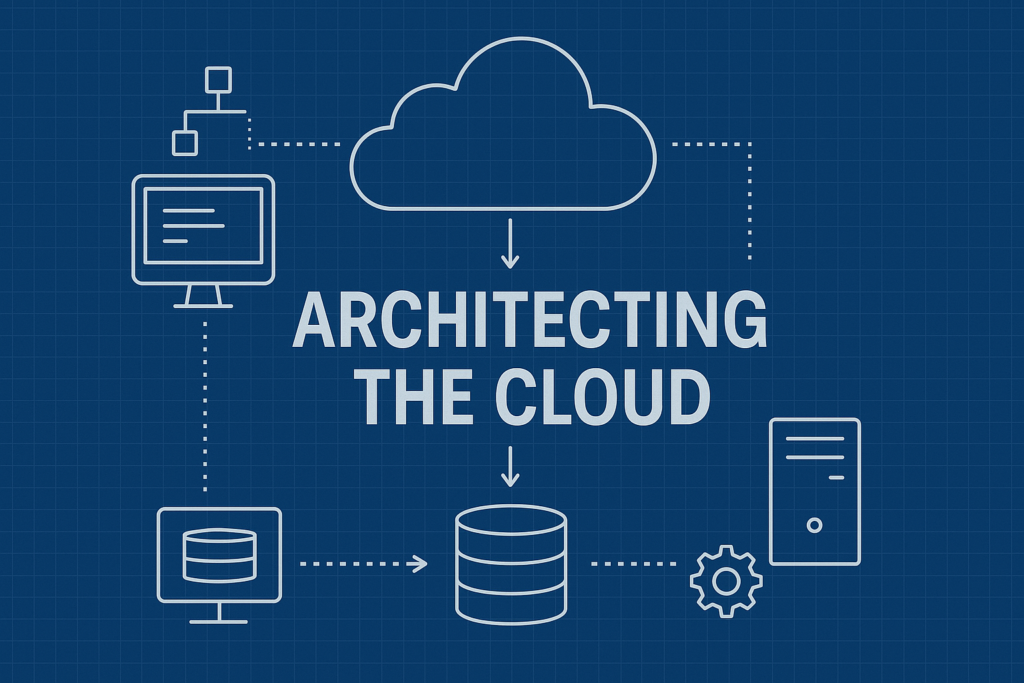Understanding Scalability and Flexibility in Cloud Design
Definition of Scalability in Cloud Design
Scalability in cloud design refers to the capacity of a system to handle growth, whether through increased load or additional resources. This means that as demand rises, a cloud service can seamlessly expand to accommodate more users. For instance, consider a streaming service that sees a surge in viewership during a popular show—scalability enables it to add servers on-the-fly, ensuring uninterrupted service.
Definition of Flexibility in Cloud Design
On the other hand, flexibility in cloud design pertains to the ability of a system to adapt to changing business needs. This adaptability allows organizations to modify their infrastructure easily without significant downtime. An example would be a company that shifts its focus from retail to online sales, utilizing cloud technology to quickly adjust its resource allocations for e-commerce. Here are some characteristics of flexibility:
- Rapid Configuration Changes: Reacting to market demands.
- Support for Diverse Applications: Catering to various workloads.
- Interoperability: Seamless integration with existing systems.
Key Differences Between Scalability and Flexibility
Scalability: Importance and Characteristics
Scalability plays a crucial role in a cloud environment, allowing systems to efficiently expand to meet varying levels of demand. Its characteristics include:
- Vertical Scaling: Adding more power to existing machines.
- Horizontal Scaling: Increasing the number of machines to distribute load.
Think about a popular mobile game that needs to serve millions of new users overnight—scalability ensures it can handle that influx without performance hiccups.
Flexibility: Importance and Characteristics
Flexibility, on the other hand, is essential for organizations that evolve rapidly. Its characteristics include:
- Quick Adjustments: Easily modifying configurations to suit new projects.
- Multiple Service Integrations: Supporting various applications without interoperability issues.
Imagine a startup pivoting its business model—flexibility allows it to realign its cloud resources quickly, adapting to ensure continued growth and innovation.
Use Cases and Examples
Real-life Examples of Scalability in Cloud Design
Scalability is a game-changer for many businesses. For example, consider Amazon Web Services (AWS), which powers numerous online retailers. When Black Friday hits, these retailers experience a massive spike in traffic. AWS’s scalability features allow them to automatically scale resources up to accommodate this surge, ensuring a smooth shopping experience. Some key benefits of this scalability include:
- Increased Revenue Opportunities: Handling more customers without downtime.
- Cost Efficiency: Paying only for the resources used during peak times.
Real-life Examples of Flexibility in Cloud Design
Flexibility allows businesses to adapt to market changes swiftly. Take Spotify as an example. When it decided to expand into podcasting, it needed to incorporate new functionalities quickly. By leveraging a flexible cloud architecture, Spotify integrated podcast features and adjusted its backend seamlessly. This flexibility enhances:
- Rapid Feature Deployment: Bringing new services to market faster.
- Smooth User Experience: Adapting to user preferences without disruptions.
Factors to Consider in Cloud Design
Performance Considerations for Scalability
When designing for scalability, performance considerations are paramount. High-performing systems can manage increased loads without delays. Key factors include:
- Load Balancing: Distributing traffic evenly across servers.
- Auto-scaling Mechanisms: Automatically adding or removing resources based on demand.
For instance, a video conferencing app delivering seamless connections during peak hours relies on these performance strategies to prevent lag and maintain user satisfaction.
Adaptability Considerations for Flexibility
Incorporating adaptability into a cloud design means staying responsive to change. Key considerations include:
- Microservices Architecture: Allowing teams to develop features independently.
- Modular Integration: Facilitating quick adjustments for new applications.
For example, a retail platform integrating new payment methods can utilize a flexible cloud environment to roll out these features rapidly—keeping pace with evolving consumer preferences without missing a beat.
Balancing Scalability and Flexibility
Achieving Optimal Cloud Design Balance
Striking the right balance between scalability and flexibility is crucial for an effective cloud design. To achieve this, businesses can employ strategies such as:
- Hybrid Cloud Solutions: Combining public and private clouds to leverage the best of both worlds.
- Continuous Monitoring: Regularly analyzing performance to adjust resources accordingly.
For instance, a tech startup facing rapid growth might use a hybrid approach to scale its infrastructure while maintaining the flexibility to innovate quickly.
Challenges in Balancing Scalability and Flexibility
However, achieving this balance is not without challenges. Businesses often face issues like:
- Cost Management: Scaling resources can lead to increased expenses if not monitored.
- Complexity: Overly flexible architectures can become cumbersome and difficult to manage.
A digital marketing agency, for example, might struggle to scale during peak campaign seasons while also adapting its tools and processes in real-time. Addressing these challenges requires thoughtful planning and agile methodologies to ensure optimal performance and rapid adaptation.
— Leonidas



